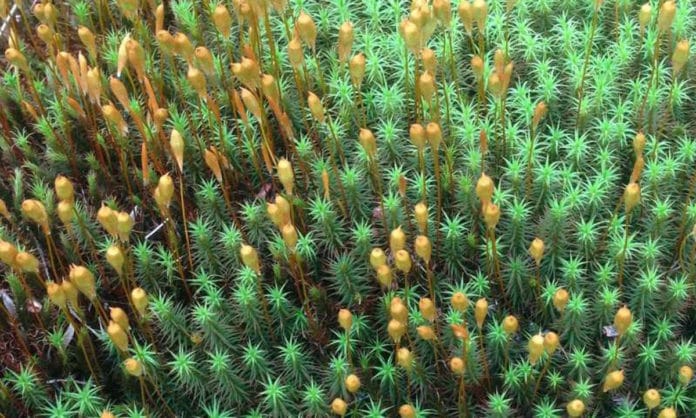Through the span of a billion years of evolution, plants have evolved from tiny and simple ground-hugging structures into diverse and complex varieties that abound the Earth today, from the garden rose to the 100-meter tall redwood tree. An international research group from the Universities of Bristol (UK), Lyon (France) and Palacký (Czech Republic) has now found the secrets facts of shoot evolution.
Scientists discovered, almost 450-million years ago, a switch empowered plants to delay reproduction and displace new cells downwards from the shoot tips, making ready to plant diversification. Utilizing cutting-edge developmental and genetic techniques, the group examined the swollen reproductive structures at the tips of the small stems of mosses.
These plants, which represent beginning stage for plant evolution, are raised upwards by new cells created in the stem. In spite of their various samples of growth, similar genes are responsible for lengthening the stems of mosses and plants with elaborate shoots.
Unlike the previous study, the results exhibit a nascent mechanism for shoot development as plants initially emerged on land and suggest that a change in the timing and location of gene action set off the radiation of shooting forms.
Dr. Jill Harrison, the study’s lead author and Senior Lecturer from Bristol’s School of Biological Sciences, explains: “By comparing our new findings from moss with previous findings, we can see that a pre-existing genetic network was remodeled to allow shoot systems to arise in plant evolution.”
“This discovery furthers our basic understanding of how genes regulate plant shape, which could inform efforts to engineer shape and improve the yield of future crops.”
The study– funded by Gatsby Charitable Foundation, Royal Society, the Biotechnology and Biological Sciences Research Council (BBSRC) and the French National Centre for Scientific Research (CNRS)- published in Current Biology.
